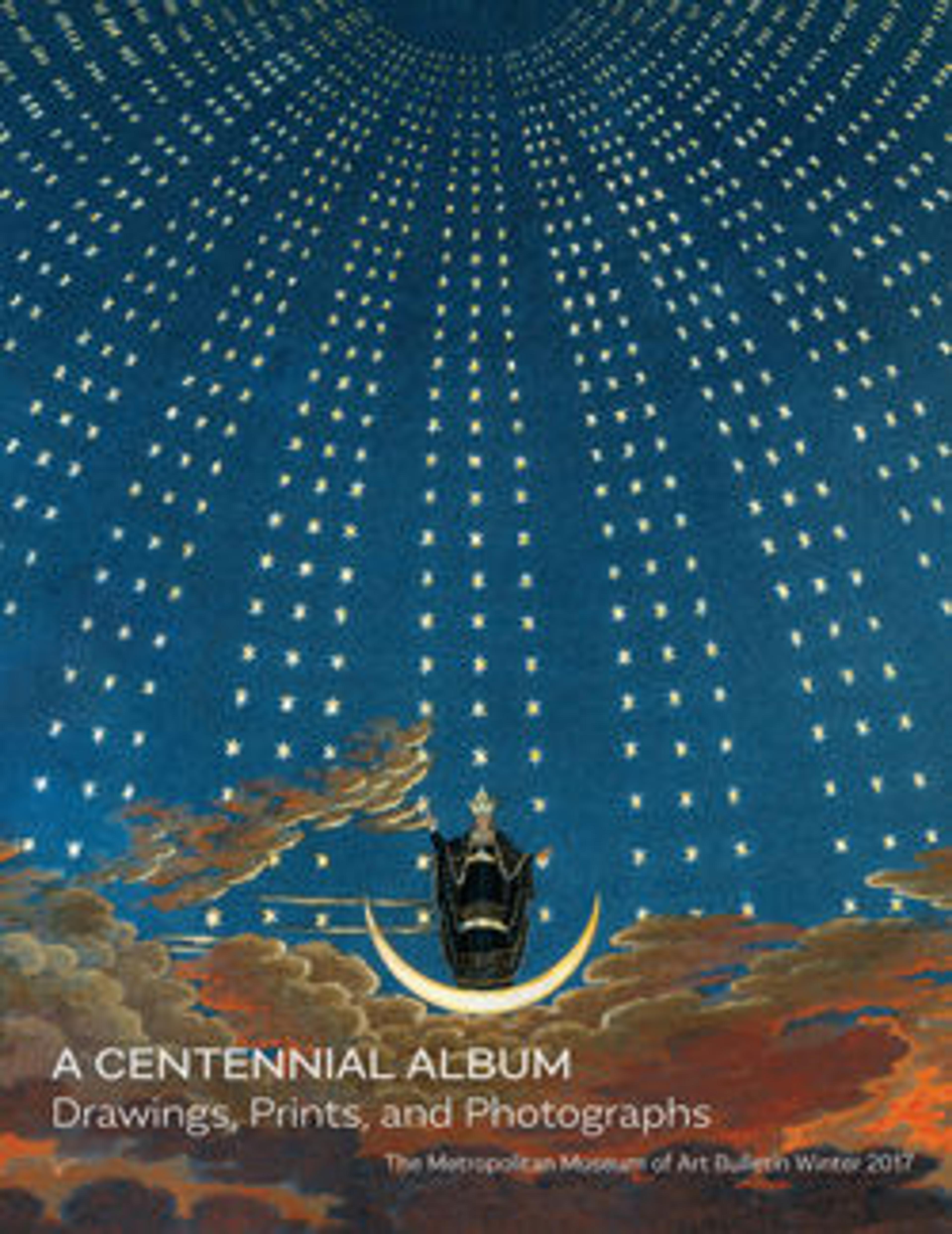Drunken Silenus holding a cup aloft into which a Satyr pours wine
Ribera's etchings helped him to establish a reputation far beyond Naples, where he lived for most of his life. This etching is often considered his greatest. It relates to a painting he had produced two years earlier now in the Capodimonte Museum in Naples. Occupying the foreground Silenus is crowned by Pan, who is identified by his leopard skin cloak and pan pipes and staff at his feet. Silenus raises his cup to accept another drink of wine. His action is humorously echoed by the two infants at right engaged in similar activities, one of which has passed out. The braying donkey at right adds to the hilarity of the composition. For his composition, Ribera drew inspiration from the prints of other artists, including Mantegna's pair of Bacchanals (29.44.15) and Annibale Carracci's Drunken Silenus (27.78.1.150).
Artwork Details
- Title: Drunken Silenus holding a cup aloft into which a Satyr pours wine
- Artist: Jusepe de Ribera (called Lo Spagnoletto) (Spanish, Játiva 1591–1652 Naples)
- Date: 1628
- Medium: Etching with drypoint, engraving, and burnishing
- Dimensions: Sheet: 10 11/16 in. × 14 in. (27.2 × 35.5 cm)
- Classification: Prints
- Credit Line: Rogers Fund, 1922
- Object Number: 22.67.14
- Curatorial Department: Drawings and Prints
More Artwork
Research Resources
The Met provides unparalleled resources for research and welcomes an international community of students and scholars. The Met's Open Access API is where creators and researchers can connect to the The Met collection. Open Access data and public domain images are available for unrestricted commercial and noncommercial use without permission or fee.
To request images under copyright and other restrictions, please use this Image Request form.
Feedback
We continue to research and examine historical and cultural context for objects in The Met collection. If you have comments or questions about this object record, please contact us using the form below. The Museum looks forward to receiving your comments.
